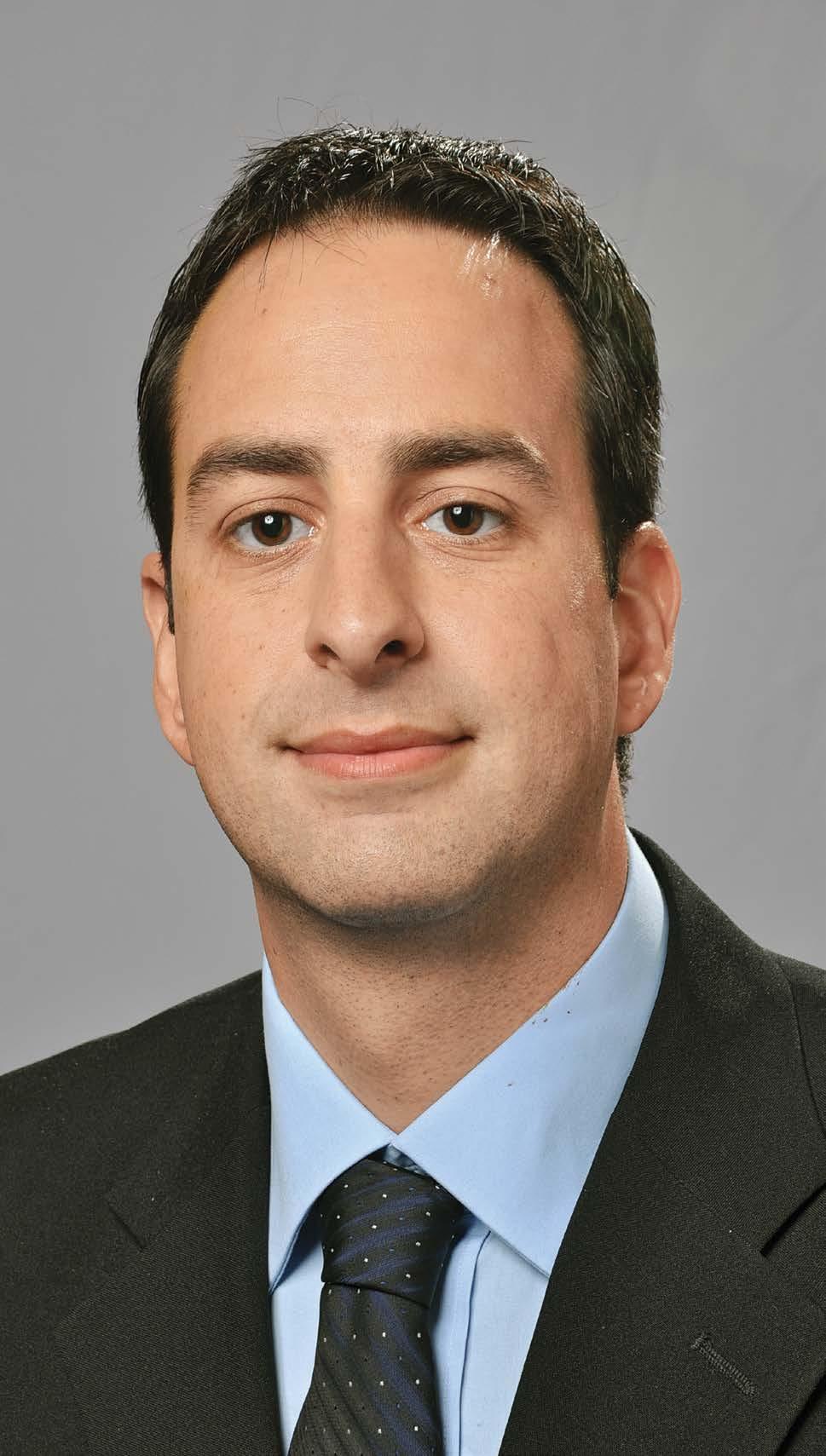
3 minute read
Safety, Efficiency Are Priorities for Helicopter Industry
Q: How have helicopter efficiency, safety and productivity requirements evolved in recent years?
A: The sector has evolved significantly in the past few years, especially regarding safety. All countries, manufacturers, and businesses have to follow those rules. Everything in the sector is well-regulated as well as all our operations. We have taken the lead in innovation, especially on safety, by investing in training and the right tools to maintain helicopters. We improved our safety practices by working with aircraft manufacturers, allowing us to create maintenance manuals, procedures and rules for each job.
We do everything by the manual. There are four types of maintenance. The first is maintenance for flight hours, which is programmed in advance and performed periodically. The second is the cycles scheduled maintenance, performed after a certain number of engine starts — shut-off and landings — takeoffs as specified in maintenance manuals. The third type is calendar scheduled maintenance (even though the aircraft has not flown, the scheduled maintenance shall be complied with). The last one is non-scheduled maintenance, which is focused on corrective actions to those deviations to the normal operating range established in the maintenance manuals on the aircraft mainframe, parts components, or systems. While this last one is unpredictable, our staff is prepared and has the skills to perform any necessary maintenance action to keep the helicopter in airworthy condition. If an unprecedented issue arises, we contact the manufacturer to find solutions.
Q: How do you ensure that your services remain at the forefront of the industry in such a competitive market?
A: Our organization has exhaustively trained personnel with long experience in the rotary wing industry, allowing them to develop the highest technical skills to offer solid MRO services to our customers. This allows ASESA to provide better and more precise diagnostics. We are fully focused on training; for us is always an investment, not an expense. We invest a large amount of time and resources in internal and external training programs for all our employees.
In 2020, we implemented a new enterprise resource planning (ERP) software that allows us to use real-time data to give our clients the best solutions while increasing efficiency. This information gives us an advantage over our competitors.
Q: How has demand been impacted by growing exploration and development activities in the oil and gas sector?
A: For a few months, because of the COVID-19 pandemic, the oil and gas sector experimented with some uncertainty. However, our operations recovered in a short time and are now stronger than ever. We have a solid presence in the oil and gas and electric energy industries. The market is very active, and we are pursuing new public and private tenders. We have also collaborated with PEMEX and CFE.
On the other hand, while maintenance services for other markets decreased after the COVID-19 pandemic, we recovered fast since we have the advantage of being a recognized company with more than 45 years of experience, so clients know the quality and trustworthiness of our services.
Q: How would you describe the state of the aerospace industry in Mexico?
A: Mexico has 9,050 aircraft; from this account, 1,697 are for commercial aviation, and 7,040 are executive. There are in Mexico 703 helicopters, and this fleet has allowed us to expand our installed capacity and increase the services we offer to our clients.
The rotary wing industry is a key element for economic development and mobility in Mexico.
Q: How do you expect global issues like the war in Ukraine and supply chain shortages to affect your services?
A: The armed conflict has severely affected the supply chain of the aviation industry in general. Thus, aircraft operators are facing problems with materials, parts, and components availability; consequently, operators are incurring additional costs to avoid a negative impact on the provision of services.
To reduce this problem, manufacturers are strengthening their planning stages to forecast the products they will need and place orders in advance. They are also working with operators like us to establish a provisioning plan to ensure the best coverage possible. Maintenance planning and working closely with aircraft manufacturers is the strategy to counteract this global situation.
In addition, countries and organizations decided to stop using Russian helicopters, which are strong utilitarian and cargo. In some cases, they are shifting to Western aircraft.
Q: Which of your air services is in highest demand by the Mexican market and how have you fostered its growth?
A: The market has many opportunities other than the oil and gas industry.
The versatility of our helicopters gives us the ability to comply with multiple missions, from offshore passenger transportation services, which is our core business, to executive, cargo and logistics support for the automotive industry, to deliver components that are urgently needed.
Helicopters are also essential for search and rescue activities when natural disasters arise as well as for the health industry, since helicopters, due to their operating characteristics, can attend from MEDEVAC missions to urgent organ transportation.
Q: What are your views regarding unmanned aerial vehicles (UAV) and how could they impact your business?
A: Unmanned aerial vehicles will complement missions in our company and the airline industry as a whole.
Unmanned aircraft may be used in the future to comply with some of the operations we currently perform, but they are unlikely to completely replace helicopters.
Helicopter manufacturers invest heavily in the development of this technology, and eventually, there is going to be a market for UAV Services, so we will have to adapt to the versatility of this new developing technology.










